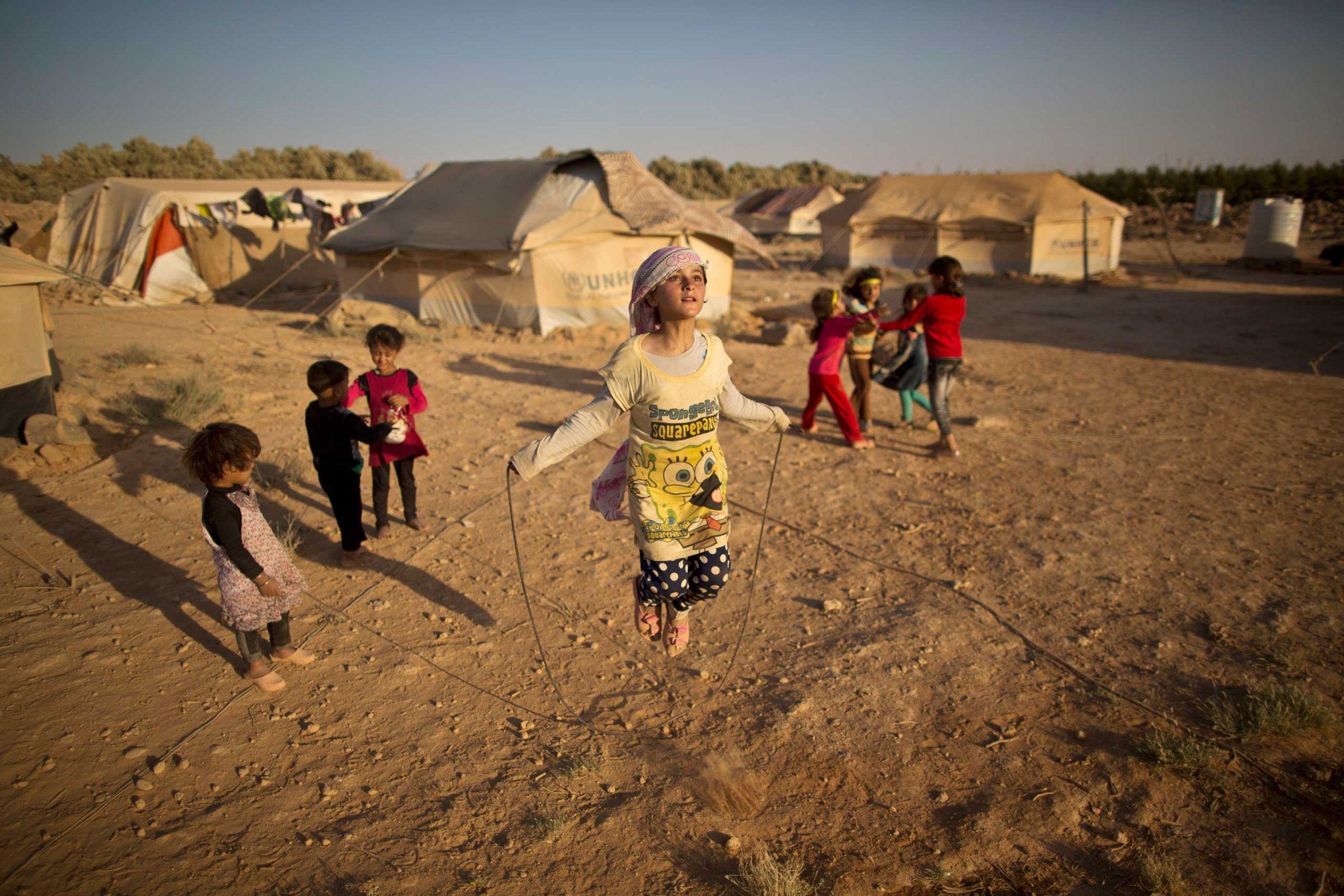
For the children living in the dusty refugee camps near the Jordanian-Syrian border, the tiniest things spark joy. They fill their long days by playing with skipping ropes, buckets and stones, their imaginations working overtime to recapture some of the childhood they lost to war. Most fled the Syrian civil war with their families, seeking safety across the border in Mafraq, northeast Jordan. But with the conflict still raging after four years, many children have never known a life outside the camps. It is where they were born.
Every day, thousands of Syrians flee their homes. The once-stable country is experiencing an exodus on a scale that the world has not seen since the Rwandan genocide more than two decades ago. More than four million Syrians are now hosted by neighboring countries while an additional 7.6 million people have been displaced within Syria. The Syrian revolt, which began in March 2011 in the southern city of Dara’a – just north of the Jordanian border – propelled hundreds of families to cross the frontier on foot at night. Jordan now provides shelter for some 630,000 registered refugees.
More than 150,000 of them live in the north-eastern Mafraq region, where Associated Press Chief photographer Muhammed Muheisen spent several days in July documenting the lives of Syrian refugee children and their families. Although the area is best known for Za’atari, the huge refugee camp that opened in July 2012, most Syrian refugees live in unofficial tented settlements on the outskirts of the city. This is true of the country as a whole: the U.N. High Commissioner for Refugees (UNHCR) estimates that 84% of Jordan’s refugee population live outside the official camps.
Many people told Muheisen that while the official UNHCR-run camps have better facilities and support, they would feel trapped and crowded there. They seek a greater sense of community and independence, preferring to move around and find work outside to provide for their families.

Yet the conditions are undeniably harsh in these unofficial desert camps, with high temperatures during the day and extreme cold at night. Muheisen says he was especially aware of the lack of sanitation and medical care in the camps. Barefoot and malnourished, many of the children bore the additional mental scars of the war they had fled – Muheisen described young boys speaking and acting like men. Although some of the settlements have makeshift schools donated by UNICEF, classes are taught by other Syrian refugees and are not regular. Instead, many children work with their parents in nearby farms run by local Jordanians. With some 86% of refugees in Jordan living below the poverty line, refugee children are frequently the main breadwinners for their families and UNHCR worries that a generation of youth are forfeiting their future by missing out on an education.
“What hit me the most is that the children are the ones comforting their families,” Muheisen tells TIME, saying that many spoke of a strong desire to work in order to help their families. The children’s lives may have been turned upside down, but the photographer says he struck by their resilience and optimism.
The parents, meanwhile, merely dreamed of a better life for their kids than what they had experienced themselves. But with the Syrian crisis showing no signs of abating and refugees continuing to flee the war-torn country, it’s unclear if that better life will be within reach any time soon.


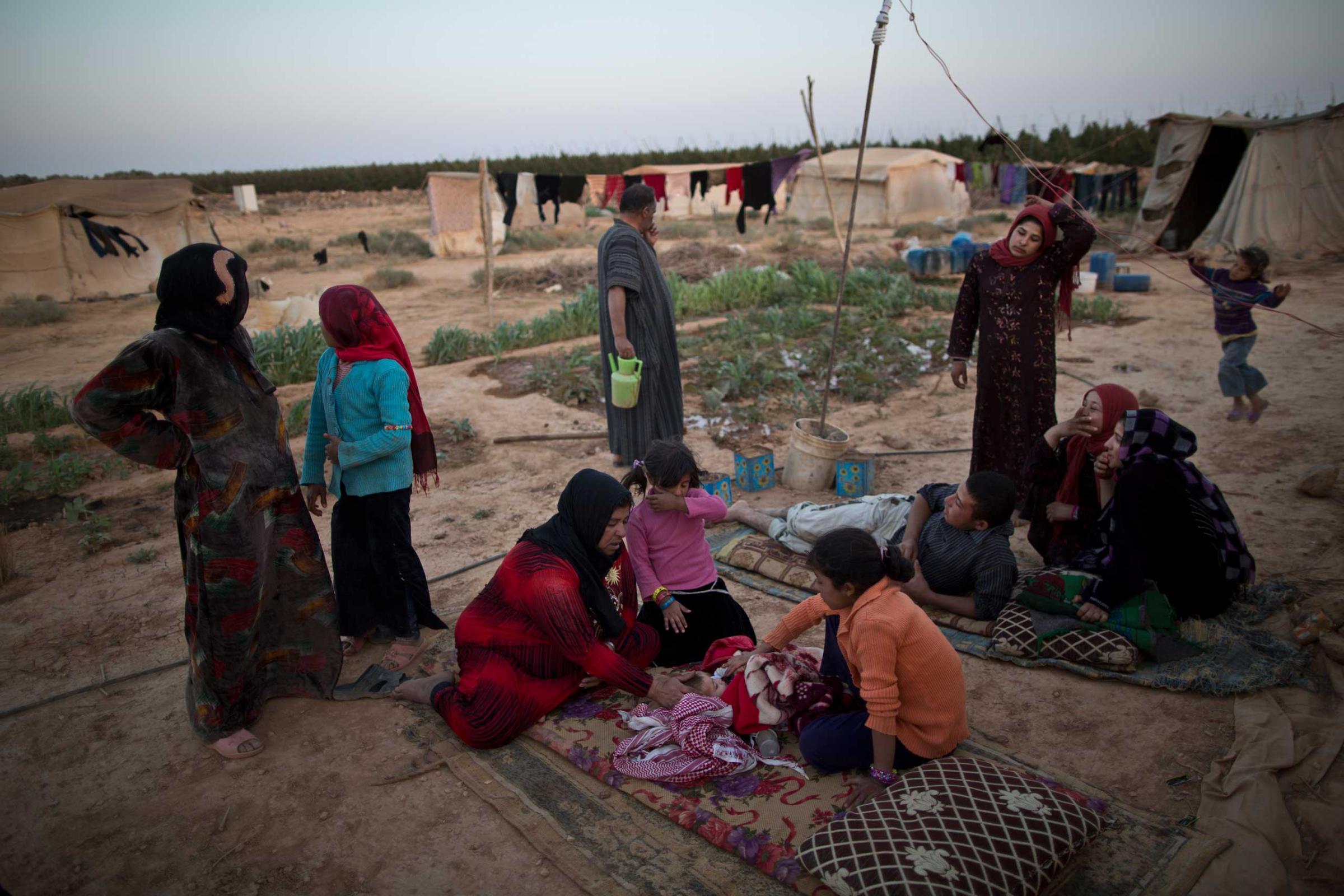

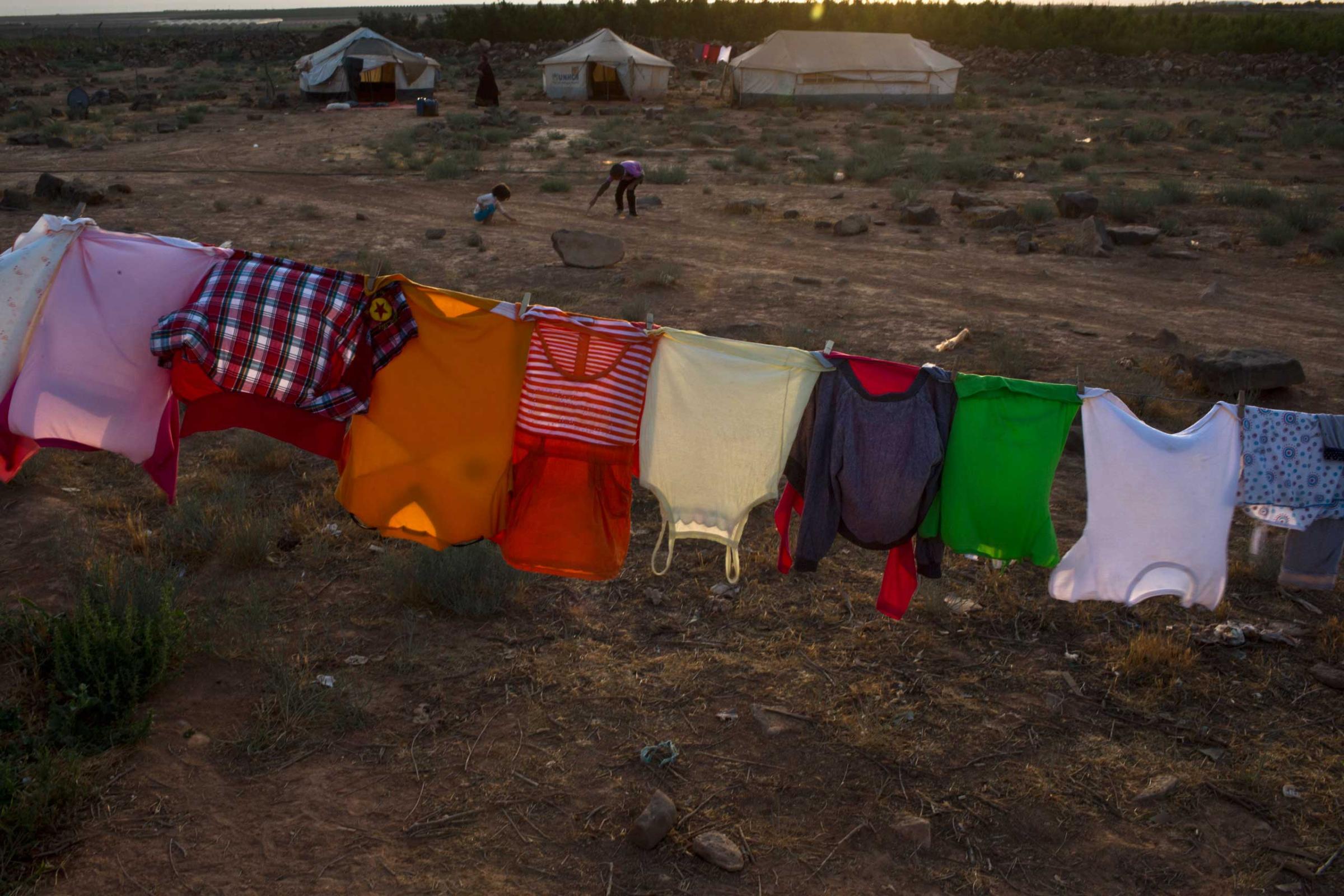
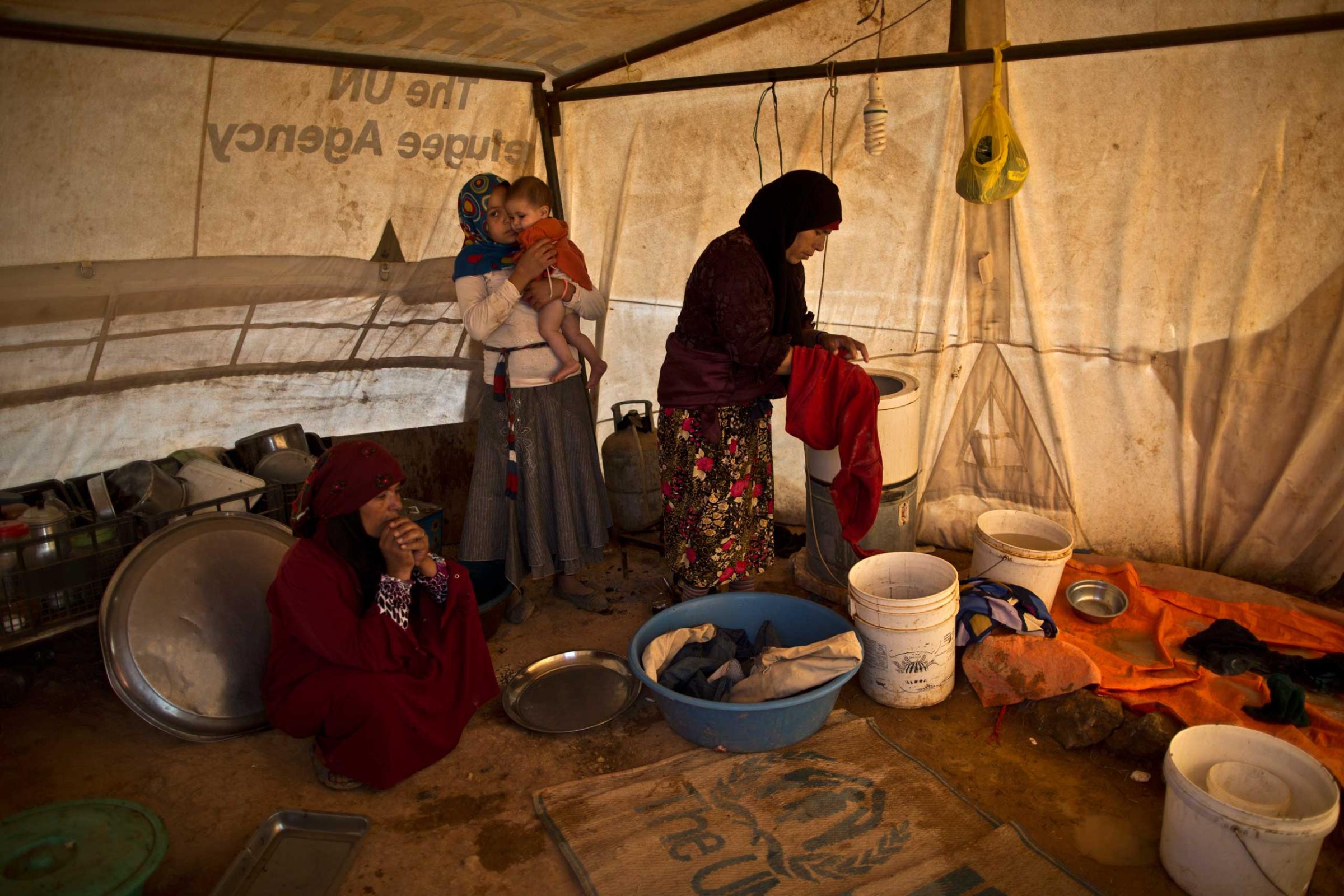
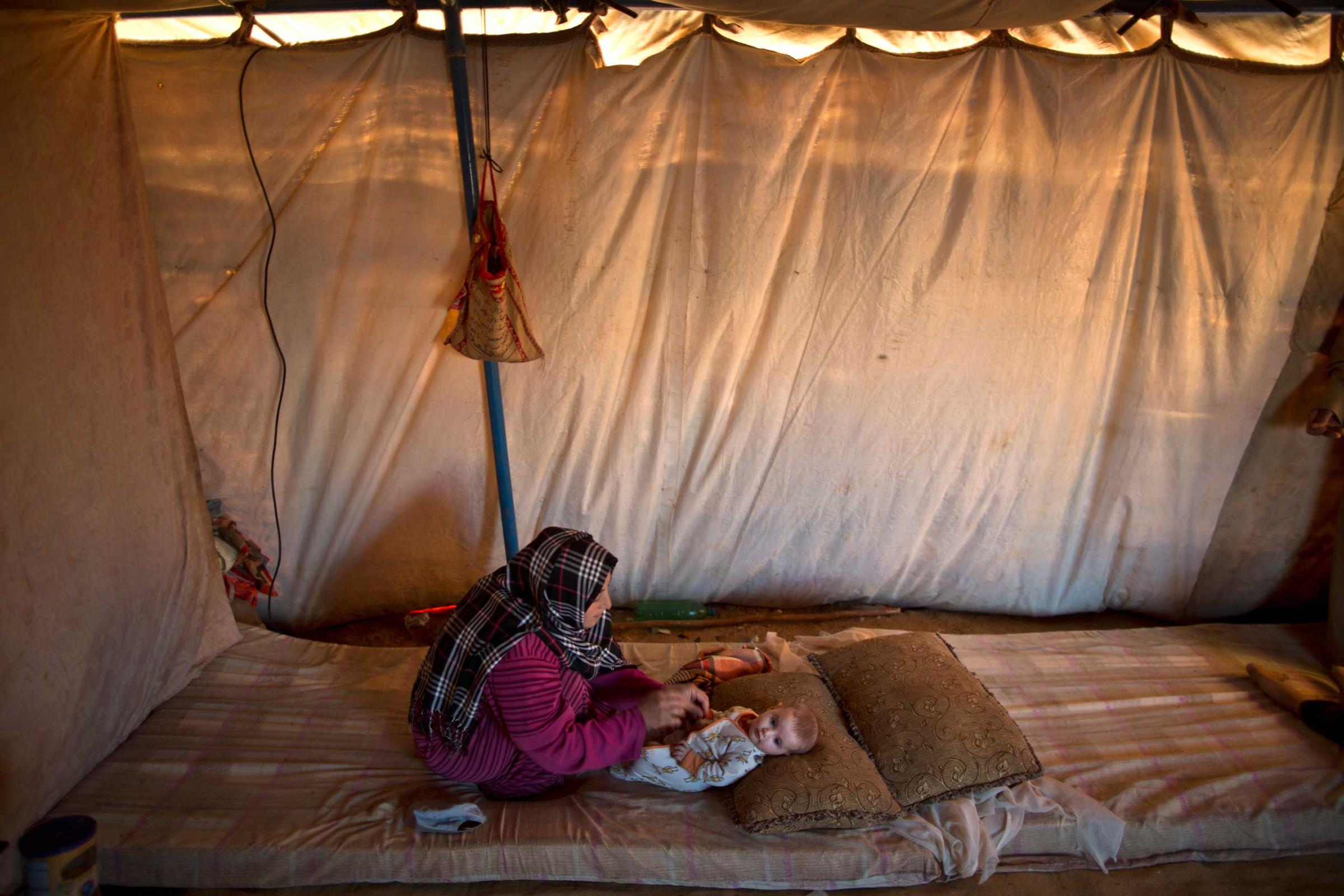

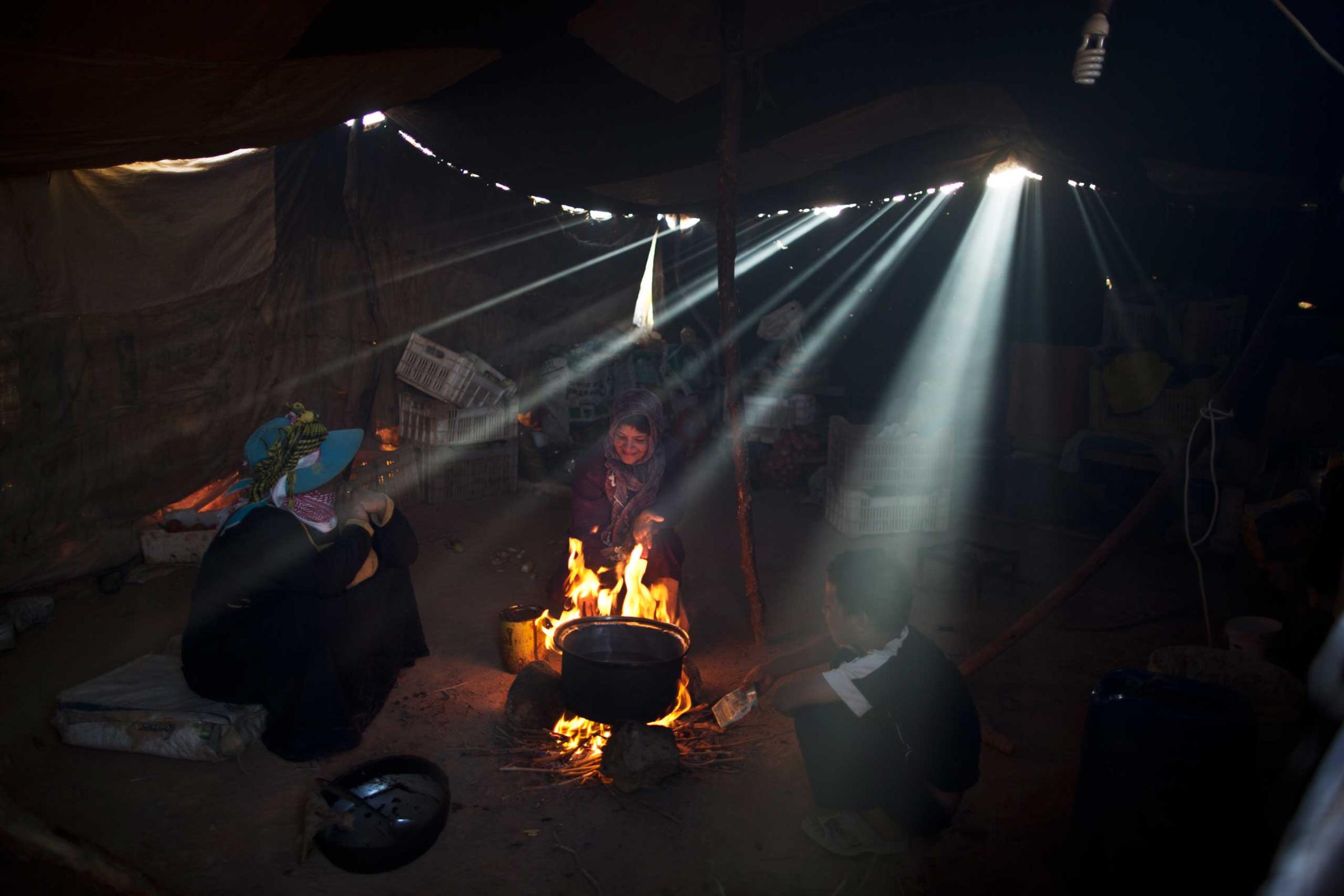
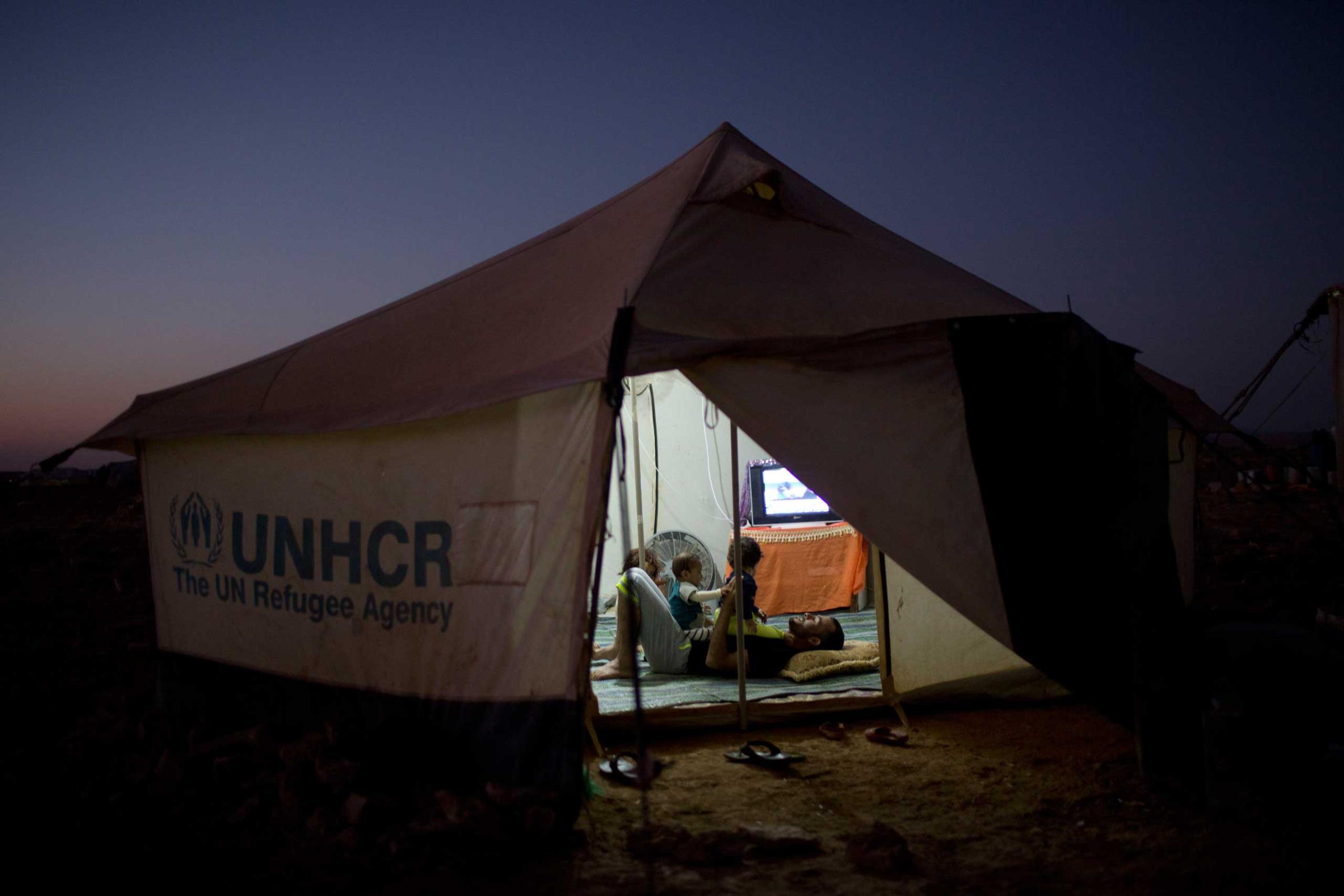
More Must-Reads from TIME
- Cybersecurity Experts Are Sounding the Alarm on DOGE
- Meet the 2025 Women of the Year
- The Harsh Truth About Disability Inclusion
- Why Do More Young Adults Have Cancer?
- Colman Domingo Leads With Radical Love
- How to Get Better at Doing Things Alone
- Michelle Zauner Stares Down the Darkness
Write to Naina Bajekal at naina.bajekal@time.com